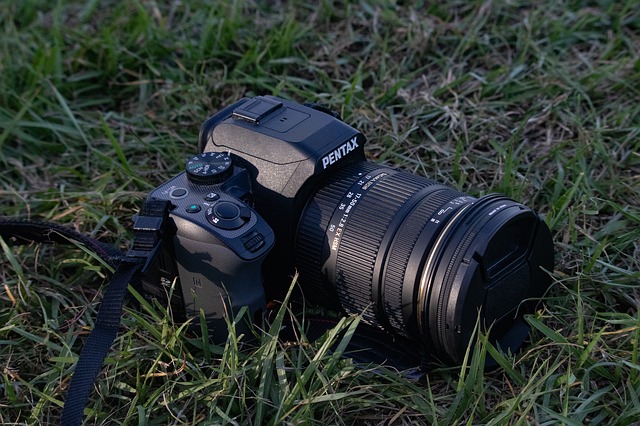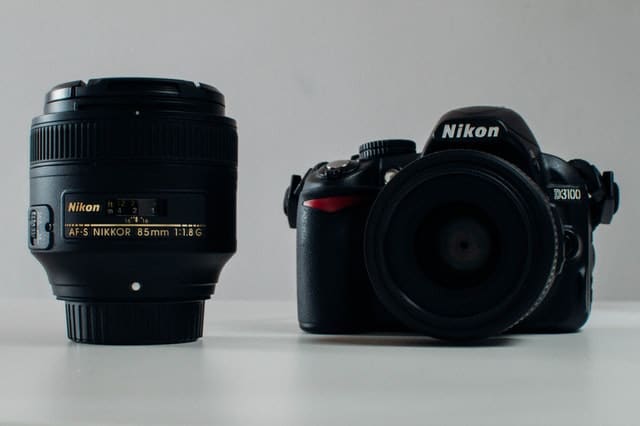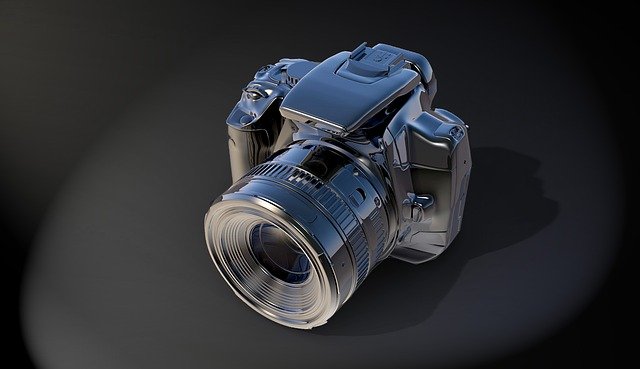Pentax K-1 Mark II (DSLR) was launched by Pentax in March 2018. It was an improved replacement to its predecessor, K-1. Many novel features and changes were introduced in the new model by Pentax.
Pentax Company is well known for revolutionizing DSLRs through its K1 model. It introduced features that were never seen before in any DSLR. K-1 Mark II body is similar to K-1.
After its launch, the one question that was speculated by photographers and reviewers was, is K-1 Mark II as worthy as K-1 or in any ways different?
Let us look into Mark II’s features to get a better insight.
What is New About K-1 Mark II
- Optical viewfinder that provides 100% coverage with 0.7x magnification
- It has an outdoor view setting that lets you alter brightness as per your convenience.
- Its menus offer utmost clarity and functionality, better than any other camera
- A full-frame 36.4 megapixel CMOS sensor without an optical low-pass filter
- A 14-bit Prime IV image processor
- A Ricoh-developed Accelerator Unit that boosts sensitivity (up to ISO 819,200) for extreme low light shooting.
- It has a built-in five-axis shake reduction system that counters camera movements and ensures stable picturization.
- Double SD card slots for extra backup.
- A Built-in Wi-Fi setup is available.
- Improved and magnificent buffer depths
Image Quality
K-1 II, at base ISO, provides excellently detailed raw files. The pictures captured at base ISO are on par with the K-1, Sony a7R III, and Nikon D850. However, as the ISO increases, the baked-in noise reduction feature sets in and leaves raw files slightly less detailed. While the K-1 II performs admirably at lower ISO settings, photographers may notice a reduction in fine detail as they push beyond base ISO, which can be particularly concerning for those seeking maximum clarity in their images. Additionally, this noise reduction can be more pronounced in challenging lighting conditions, making it essential for users to assess their specific needs before shooting. For those interested in comparing various camera options, a thorough analysis like the sony a7 iii detailed review can provide valuable insights into how this model stacks up against its competitors in low-light performance.
It is worse in the case of JPEG files. Noise reduction is a mandatory feature that cannot be manually restricted. The camera includes a Pixel Shift mode that yields high-quality pictures.
In contrast to the Pixel Shift mode, the new handheld Dynamic Pixel Shift Resolution mode pictures suffer subtle artifacts and disturbance. However, the Dynamic Pixel Shift Resolution mode gives in-depth images, which are decent.
In bright light, the camera captures subtle details efficiently. Particularly in the case of JPEGs, the camera uses its default sharpening setting for detailed pictures.
Hardware
On the outside, K-1 and K-1 Mark II share a similar design. You receive a comfortable and notable grip, along with effective control options in it. The model’s ruggedness is quite impressive and attractive.
Its magnesium-alloy shell provides extensive weather sealing and proofing, making it fit for outdoor photography in extreme conditions. The camera also has a cross tilt LCD which functions very well. It provides the users to operate and view all the angles. Additionally, the camera’s advanced autofocus system ensures quick and accurate subject tracking, even in challenging environments. Photographers will also appreciate the long range wireless shutter benefits, allowing for remote shooting without compromising on image quality. This level of versatility makes the camera an ideal choice for adventurers wanting to capture stunning images from a distance.
Not only this, the LCD screen has LED lights attached to its rear that makes work during dark environment convenient. The camera has a built-in GPS and viewfinder that add to its merits.
When it comes to lens selection, you can use older K Mount Lenses without any hassle. All the functions and features of K-1 Mark II will continue to operate even when you use old lenses. K-1 II’s Auto ISO implementation is also imposing.
The camera comes with a full-size headphone and microphone socket. Its battery life is regarded as below-average but a step up from the K-1 model’s battery life.
Video
Videography is not K-1 II’s strong suit, but the camera can capture quite decent HD videos at up to 30p. The camera’s in-body IS ensures stabilized handheld shots.
The camera lacks a 4K video recording option, but its full HD 1080/30p recording is spectacular. It has movie-making tools like manual audio levels and wind noise reduction that are efficient.
Image stabilization works even while recording a video. This feature helps in making your video perfect.
Autofocus
The autofocus feature is the same as K-1 Mark II’s predecessor. However, it comes with a unique new tracking algorithm.
Autofocus is better in K-1 Mark II than in the case of K-1. The camera uses a 33point autofocus system. It has 86K-pixel RGB metering sensors that help in subject recognition during tracking. In considerable low lighting, K-I II can efficiently focus.
However, the speed of focusing can be a bit slow. The subject tracking feature aids the user in close-up pictures. The close-up autofocus does a fair job.
Price
Pentax K-1 II has been available in the market since April 2018. When Pentax launched it back in 2018, the price was set at around $2000 (10% higher than K-1). With time the price has come down, making it even more affordable.
Presently, the price has lowered twice by $100. The kit version which includes the HD Pentax-D (FA 28-105mm F3.5-5.6 ED DC WR zoom lens) is also available in the market. It was sold at around $2,400, but now the price has fallen to $2,200. (Prices may differ due to market subjectivity)
Pros
- Reliable weather sealing hardware
- Durable Body and design
- Image Stabilization / Pixel Shift
- Dual SD Card slots
- Great battery life
Cons
- It has 33 focus points only.
- Inefficient Autofocus mode.
- It is extremely heavy.
- It also does not have any touch screen
Bottom line
Pentax K-1 Mark II is a worthwhile update to an already great camera, K-1. It promises exceptional image quality and decent performance, which is widely appreciated among its existing users.
It is very affordable and comes with Pentax’s well-established reputation in the market. Its rough and tough design, along with splendid image processing quality, is awe-worthy. Once you have purchased a Pentax camera, its durability is so impressive that it would probably last a lifetime.
Some consider its quirks quite a disappointment on the other hand and believe that it is not any much different than K-1. However, several well-needed changes have been made. New and unique features have been added to the new model. This particular model is well suited for buyers who are planning on buying a Pentax camera for the first time. So, do not be swayed by any doubts and go enjoy this amazing camera.





